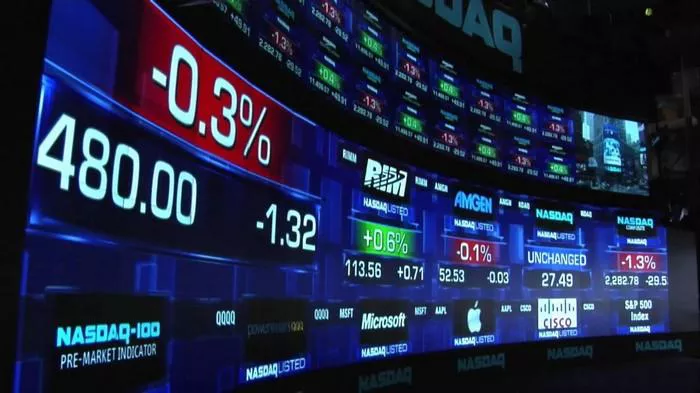Asian stocks continued their upward momentum, joining a global equities rally fueled by U.S. job data suggesting a potential soft landing for the economy. The yen experienced volatility following the Bank of Japan’s decision to maintain interest rates. The MSCI Asia Pacific Index saw gains, with notable advances in Japanese, South Korean, and Australian markets, although mainland Chinese shares faced a decline. A global stock index also reached a new peak alongside U.S. markets on Thursday.
On Friday, the Bank of Japan (BOJ) affirmed its current monetary policy, indicating no immediate need for interest rate hikes as it assesses market conditions following a July increase that unsettled investors. Recent data revealed that Japan’s key inflation metric rose for the fourth consecutive month in August.
“The focus now shifts to Governor Ueda’s upcoming press conference,” remarked Shoki Omori, chief desk strategist at Mizuho in Tokyo. “If the hawkish tone is communicated effectively, we may see the USD/JPY exchange rate decline.”
U.S. Treasury yields remained relatively stable, and the dollar index traded within a narrow range. A decrease in U.S. jobless claims to the lowest level since May underscored the strength of the labor market despite a slowdown in hiring, enhancing risk appetite and alleviating concerns that the Federal Reserve had been slow in reducing borrowing costs following a half-percentage-point cut on Wednesday.
According to Nick Ferres, Chief Investment Officer at Singapore’s Vantage Point Asset Management, the recent equity gains reflect a “delayed euphoric reaction” to the Fed’s decision, though he warns that this trend may be temporary. “Valuations are already elevated, and risk compensation remains poor, especially if the earnings cycle falters,” he cautioned.
In China, banks opted to keep their benchmark lending rates steady for September, refraining from additional monetary stimulus as financial institutions grapple with historically low profit margins. The Securities Times noted that the recent Fed rate cut offers China potential leeway to enhance monetary and fiscal support for its economy.
Meanwhile, the European Union and China have agreed to ramp up discussions to prevent impending tariffs on electric vehicles as the deadline approaches.
On Wall Street, banks are split on the timing and magnitude of future Federal Reserve rate cuts. JPMorgan Chase anticipates a 50 basis point reduction in November, while Goldman Sachs expects a series of 25 basis point cuts from November through June of next year.
In Asia, Taiwan’s property and construction stocks fell after the central bank raised reserve requirements to cool the overheated property market.
Upcoming data releases include inflation figures for Hong Kong and foreign exchange reserves for India.
In the commodities sector, gold remained steady near record highs, while oil was poised for its largest weekly increase since April following the U.S. rate cut.


